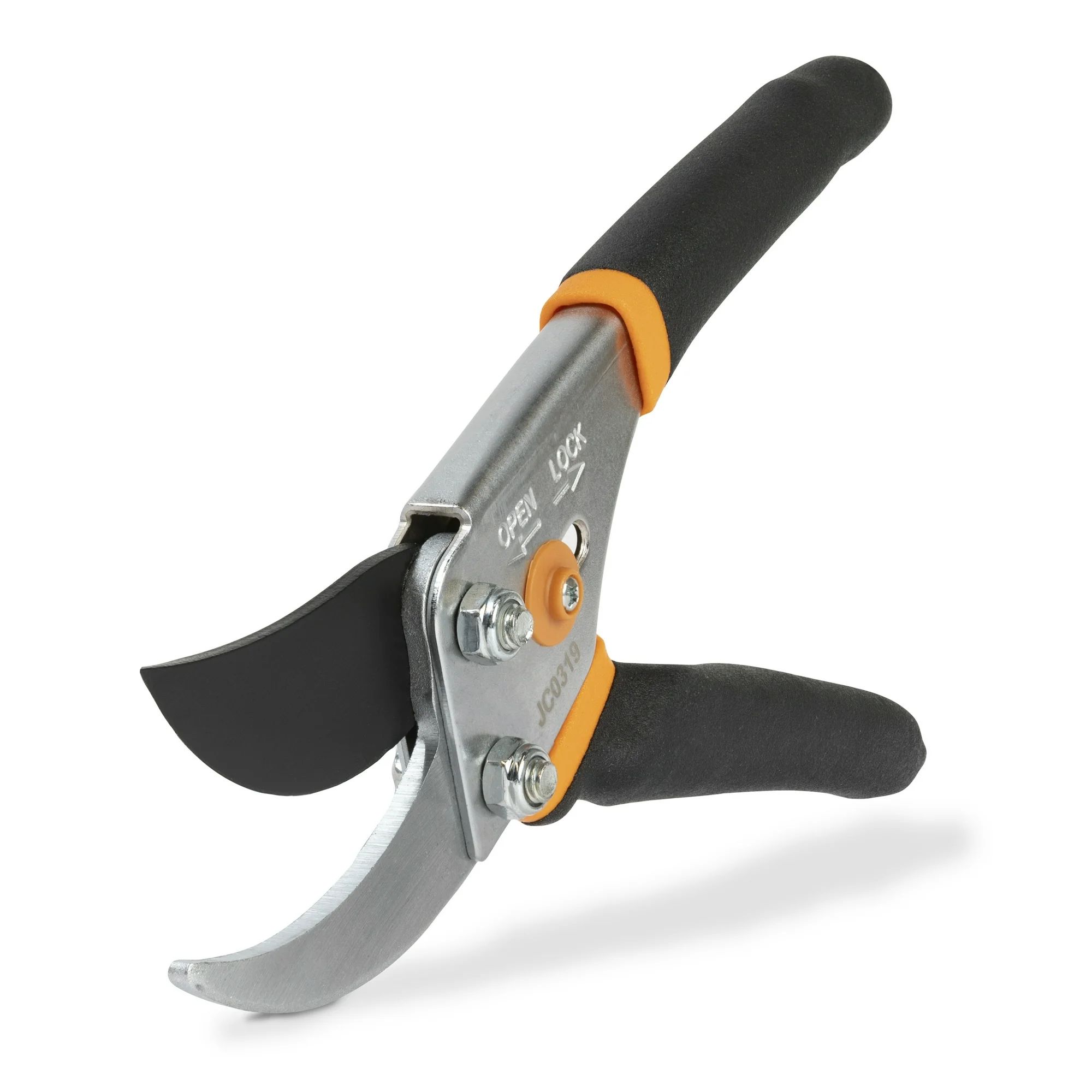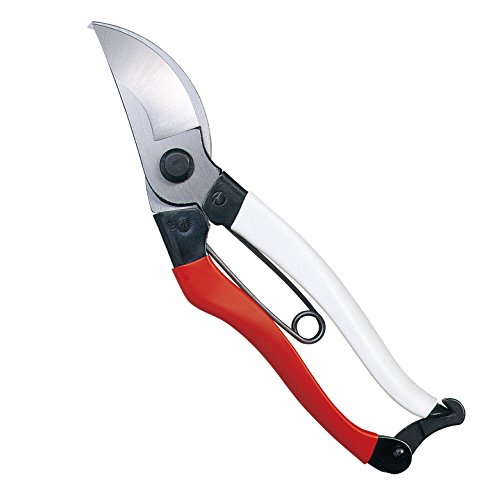6 unusual uses for pruners – an arboreal expert reveals how to get more value from this humble tool
These hidden uses for a simple tool will take your garden game from amateur to professional
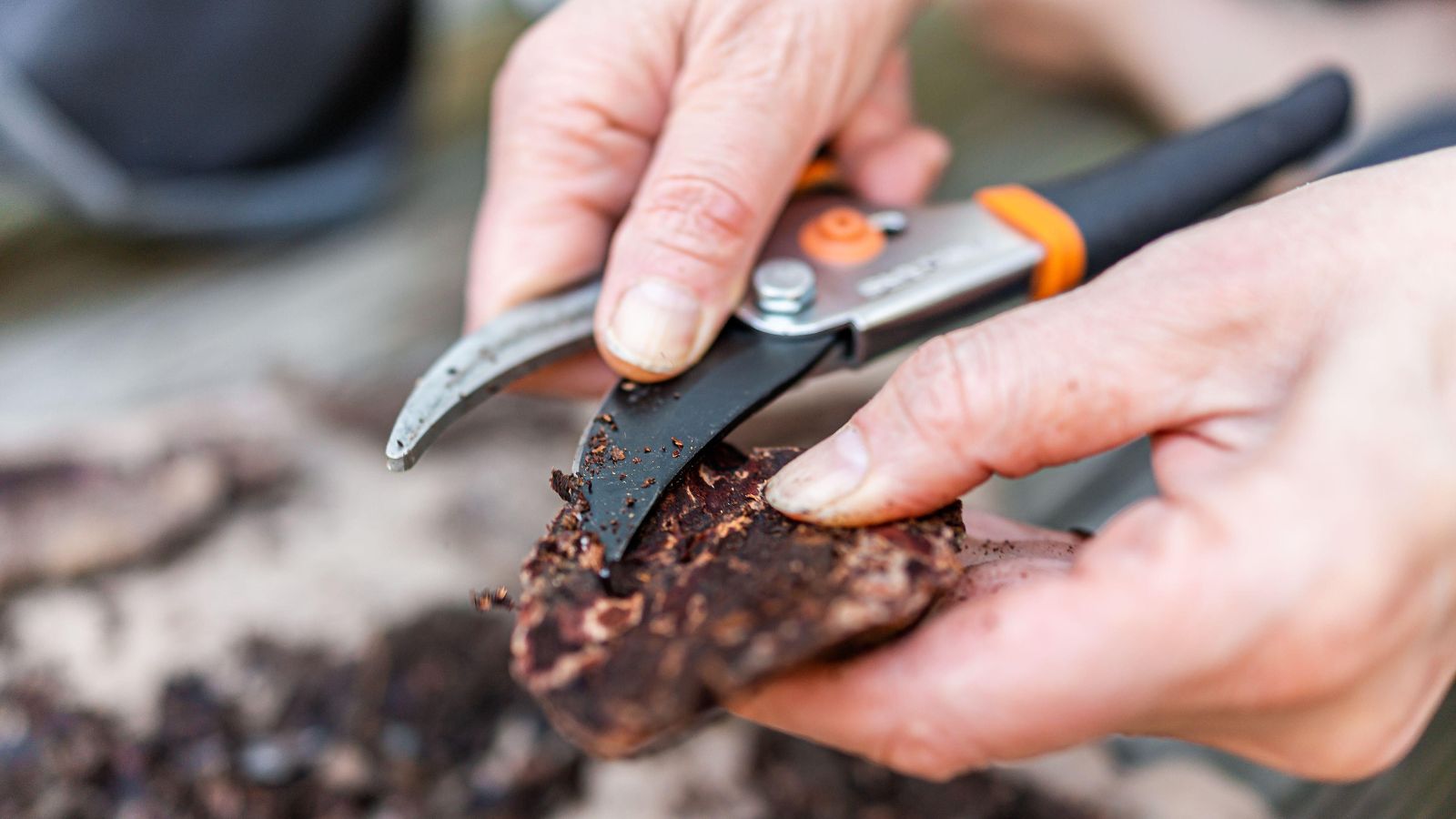

There's no garden tool as essential as a good pair of pruners. Without them, your plants will grow unruly and diseased.
A good set of pruners can be expensive, though. Our favorite tested pruners usually cost around $70, which is a lot of money to spend just to snip at your plants. It might be hard for some to justify that cost for a tool that can only pull off one task.
However, the best pruners aren't just one-trick tools. I spoke to a garden expert about the other ways you can put your pruners to good use in the garden.
1. Cutting canes and stakes

One of the best alternative ways to use pruners is to cut canes for supporting young plants and climbers. Snipping off a length of bamboo or other wood provides the perfect way to encourage young plants.
Horticultural expert Scott Seargeant says 'I’ve cut bamboo canes with pruners. If they are still green they will cut without cracking the stalk.' So, for example, if you have unwanted bamboo in your yard, you can turn it into an economical supply of stakes for your vegetables and trailing plants.
However, Scott says to be careful if you're using dry bamboo to stake plants. He says 'Dry bamboo cut with pruners will crack the stalk unless you cut just above the node.' As long as you cut on the joint between bamboo segments, your bamboo stake won't split.
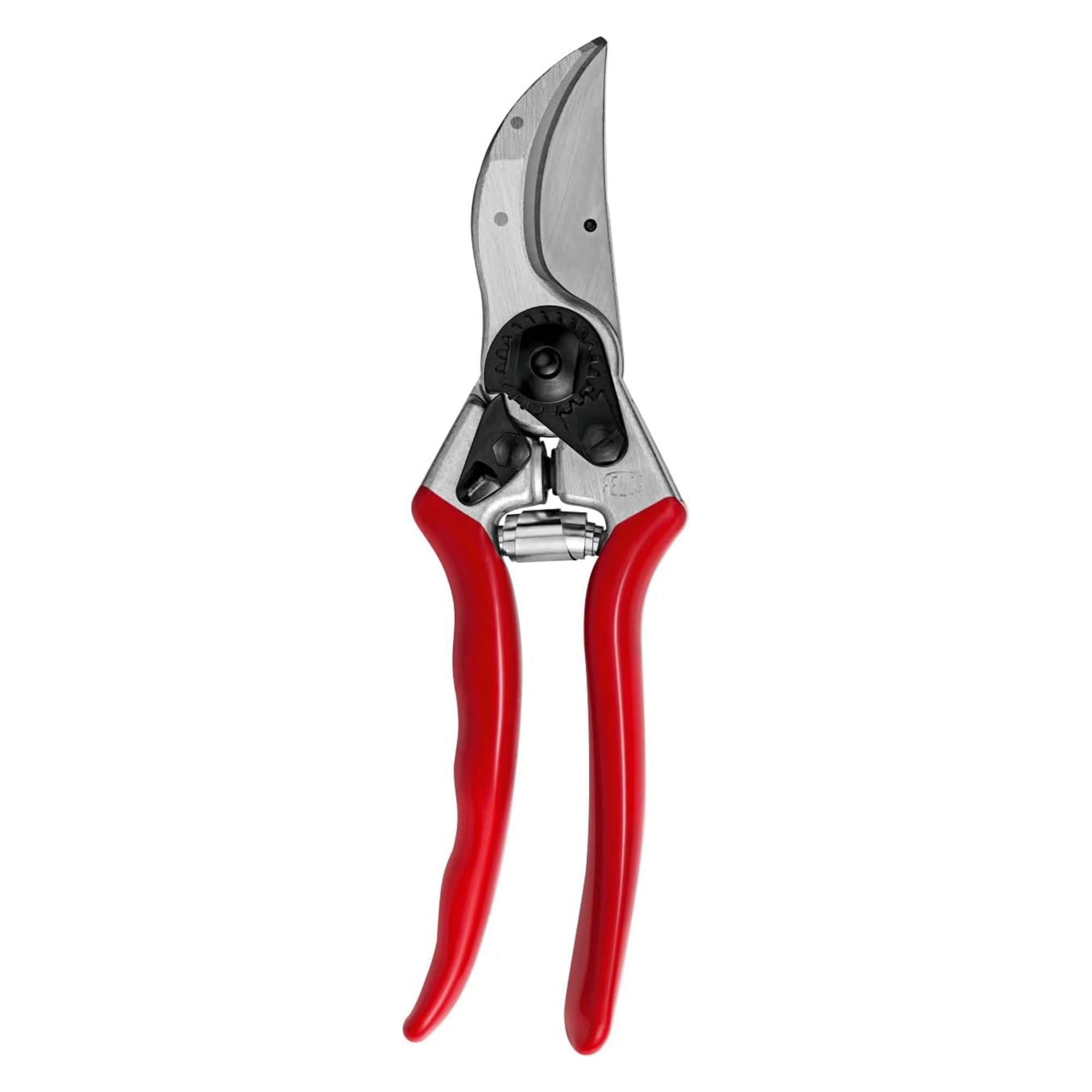
Felco No. 2 pruners are nearly universally beloved as the best pruners on the market. They're comfortable, hard-wearing, razor-sharp, and best of all, every part can be replaced - you never need to buy another set of pruners again.

Scott is an International Consulting Arborist specialising in diagnosing tree conditions, providing treatment, recommendations, selecting appropriate trees for planting, and offering guidance on post-planting tree care. His services encompass tree selection, specialized fertilization, pruning, irrigation system improvement, root zone management, and pest and disease control.
2. Snipping wire, twine, and string
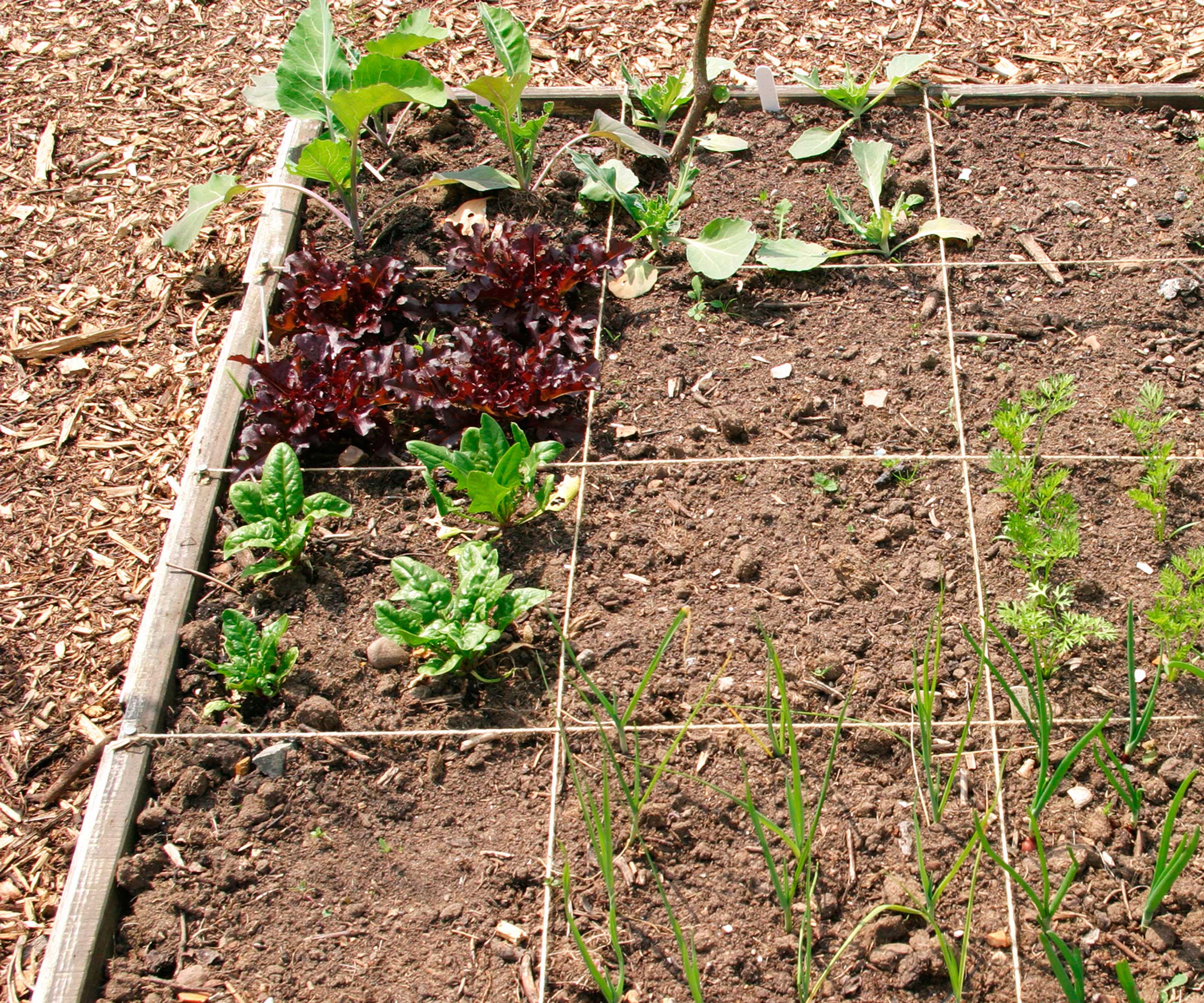
Staking plants properly means tying them down, and pruners are a good option for cutting twine on the go. As long as your pruners are sharp, they'll easily snip through twine, making it easy to cut the lengths you need as you work.
You can also use pruners to cut wire, but you have to be careful. Thick wire can't be cut with pruners and can dull or even chip the blade. Scott says that cutting thick wire with pruners will 'ruin' the bed knife, so only use pruners to cut thin wire like garden ties or low-grade chicken wire.
If you know that you need to cut a lot of garden wire for holding up climbers or securing young trees to stakes, use pruners with a dedicated wire-cutting notch, like these Corona hand pruners at Amazon. The tiny notch at the base of the blade makes it much easier to cut wire and string.
3. Power tool maintenance
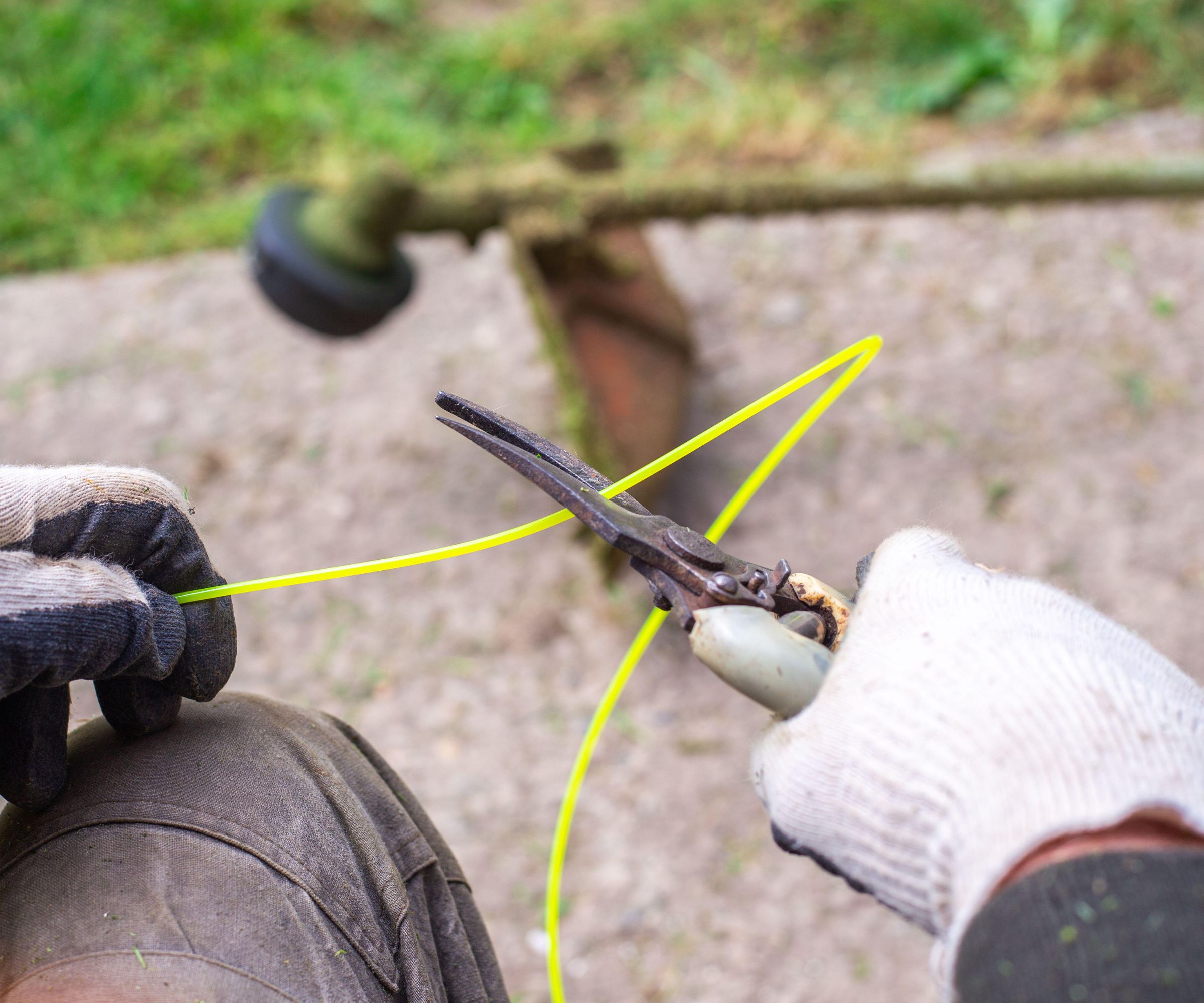
You can also use pruners to help you maintain your power tools. If you don't have a bump-feed lawn trimmer, pruners are the perfect tool for snipping new lengths of fishing wire so you can keep long weeds at bay.
In a similar vein, you can use pruners to help fix gas engines, whether it's your lawn mower or leaf blower. If you need to fit a new gas line in your hedge trimmer or refit the pull cord on a chainsaw, having a pair of sharp pruners on hand to snip everything to size can be incredibly helpful.
4. Sharpening pencils
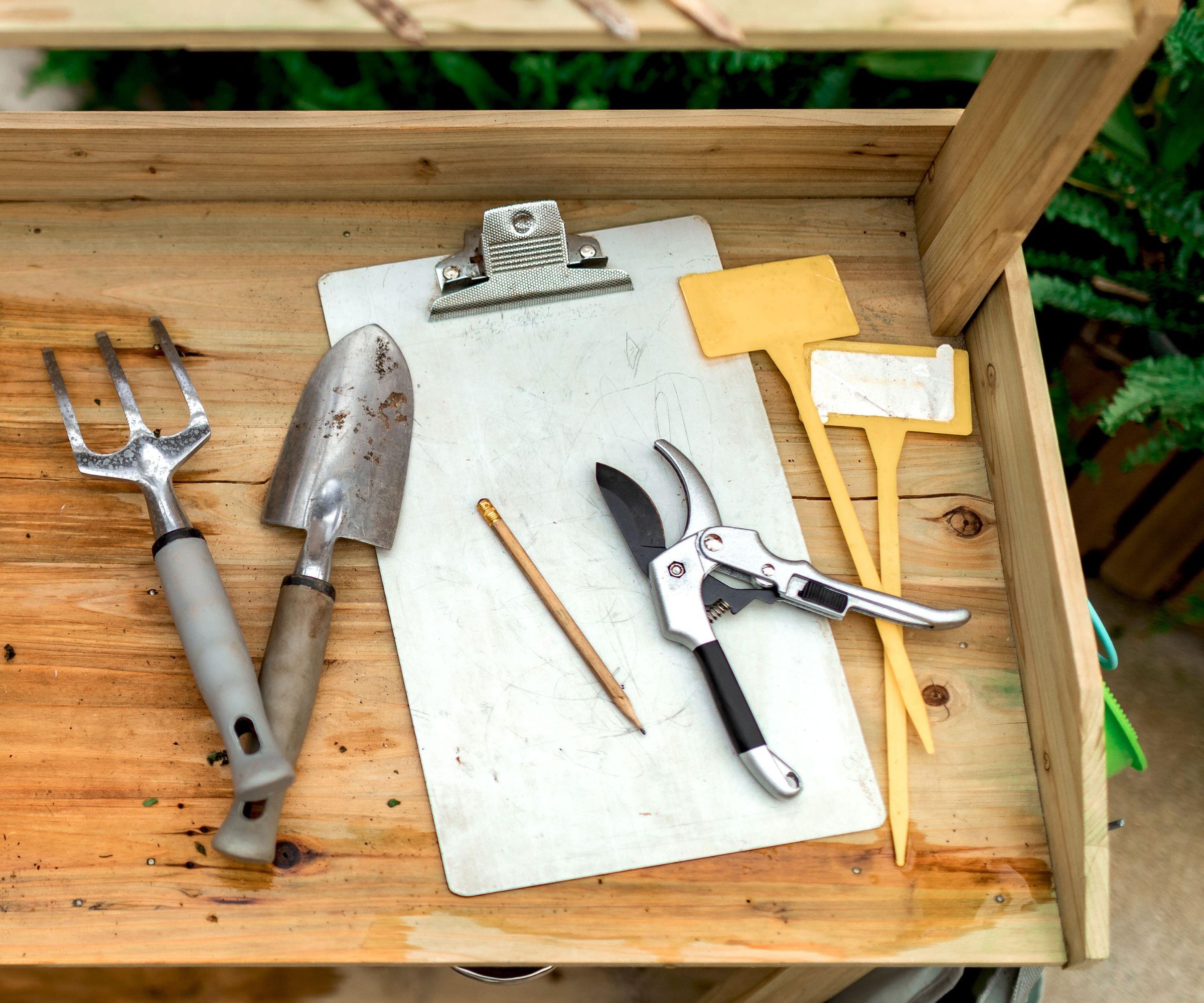
Pencils are invaluable tools out in the garden. Whether you're marking posts to cut, holes to drill, or just sketching out a new plan for your plots, a little carpentry pencil is an unsung hero in any gardener's arsenal.
Keeping your pencils sharp as you work can be a pain, but keeping your pruners on hand makes it much easier. All you need to do is open the blades and sharpen the pencil against the sharp edge - just mind your fingers.
5. Cut garden fabric
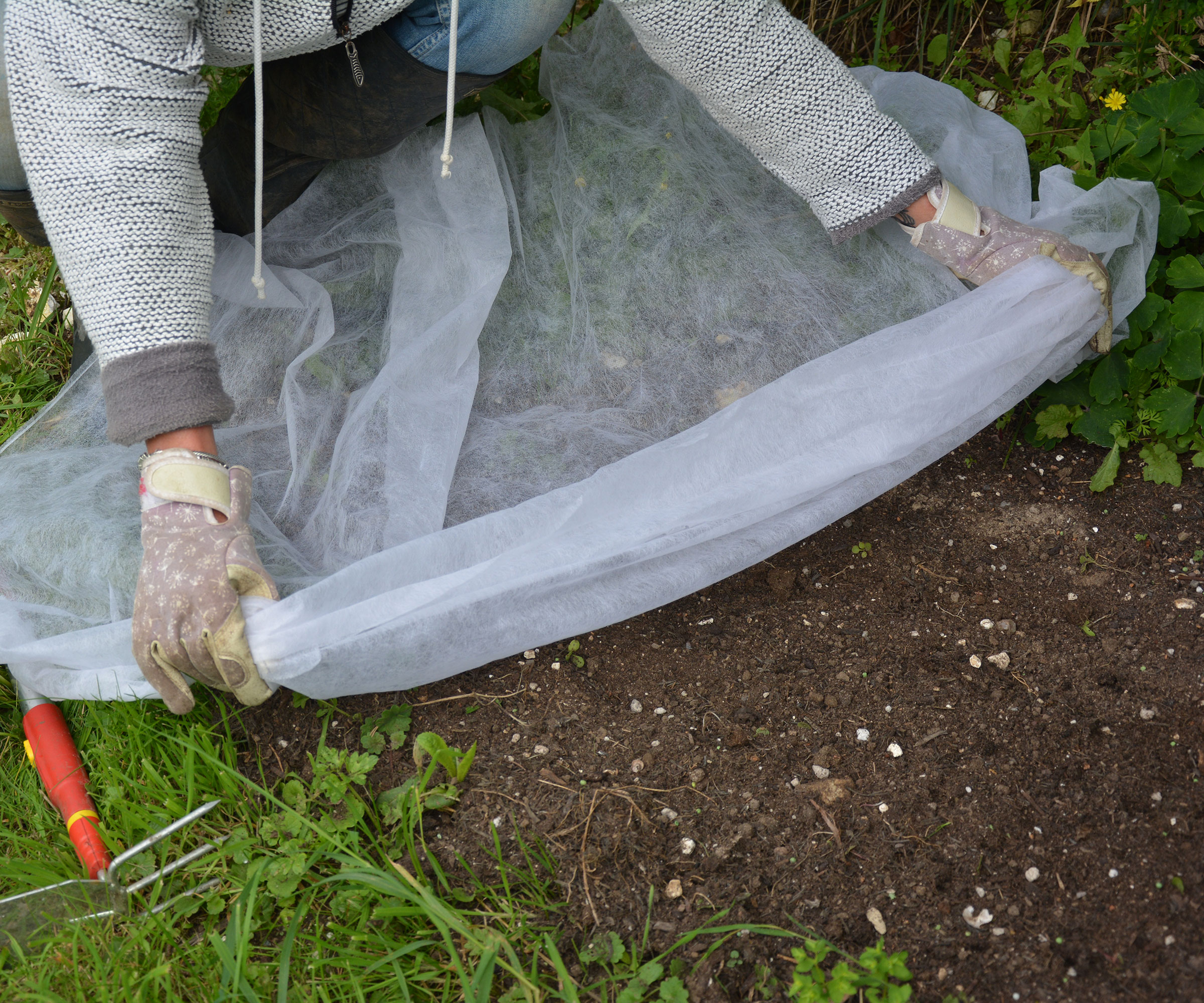
Horticultural fleece is a great way to protect your plants, especially in winter. It stops birds from getting at young seeds and prevents weeds from growing. However, it can be unwieldy to use, as big rolls of fleece often provide much more than you need.
Thankfully, Scott told me that if you keep your pruners sharp you can glide right through it like wrapping paper. Even if you're reusing old curtains or other fabric offcuts as fleece or mulch, sharp bypass pruners will help you cut it to length.
6. Manipulate thorns
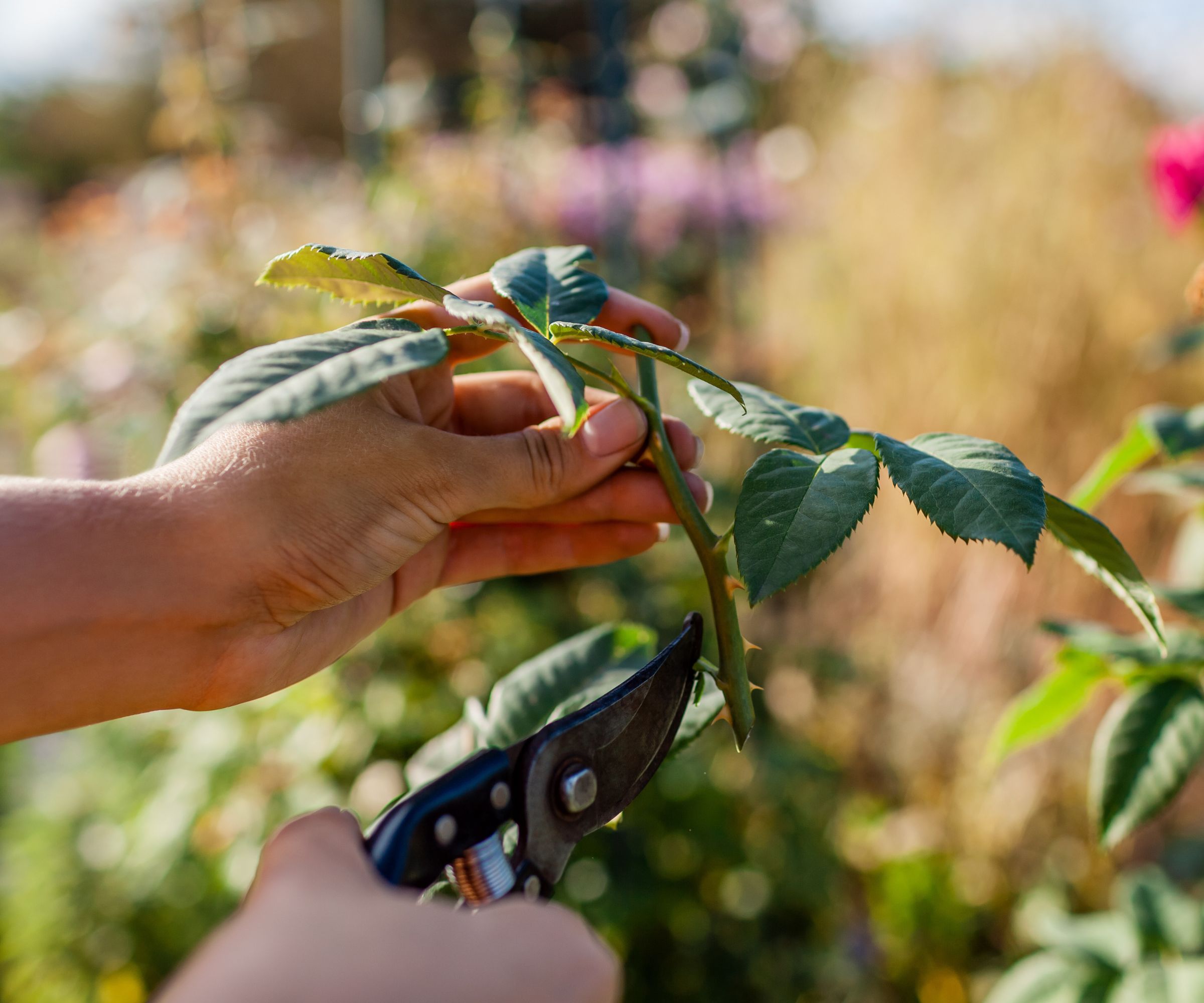
Scott also suggests that you can 'pick up thorny stems with a light grip on the pruners.' If you need to move rose stems into position so that you can train them along a trellis, pruners are a great way to move them around. They stop your fingers from being pricked, because you can manipulate the stems from a distance.
They also offer more dexterity than using thorn-proof gloves. Thornproof gloves usually are made of thick, clumsy leather that is hard to maneuver. Pruners, however, offer two light, thin blades that can reach into areas your fingers can't reach and delicately move stems as required.
However, make sure you use a light touch when using pruners to manipulate thorny stems. Gripping too hard with cut right through them.
Your garden is only as good as your pruners, so learning how to sharpen pruners is an easy way to improve the health of your plants. Between that and cleaning your pruners you can level up your pruning game with almost no effort.
Sign up to the Homes & Gardens newsletter
Design expertise in your inbox – from inspiring decorating ideas and beautiful celebrity homes to practical gardening advice and shopping round-ups.

As a gardens and lifestyle contributor, Alex makes sure readers find the right information to help them make the best purchase. Alex got his start in reviewing at the iconic Good Housekeeping Institute, testing a wide range of household products and appliances. He then moved to BBC Gardeners’ World Magazine, assessing gardening tools, machinery, and wildlife products.
-
 This is the single best upright vacuum we've ever tested – and it's on offer with $130 off at Shark for a limited time only
This is the single best upright vacuum we've ever tested – and it's on offer with $130 off at Shark for a limited time onlyYou won't want to miss this one
By Dan Fauzi
-
 Nate Berkus says slipcovered sofas are back on trend – and I just found a way to create this designer-approved laid-back look from just $86
Nate Berkus says slipcovered sofas are back on trend – and I just found a way to create this designer-approved laid-back look from just $86This classic style is making a strong comeback, but did you know you don't have to buy a whole new couch to get this Nate-approved look?
By Eleanor Richardson
